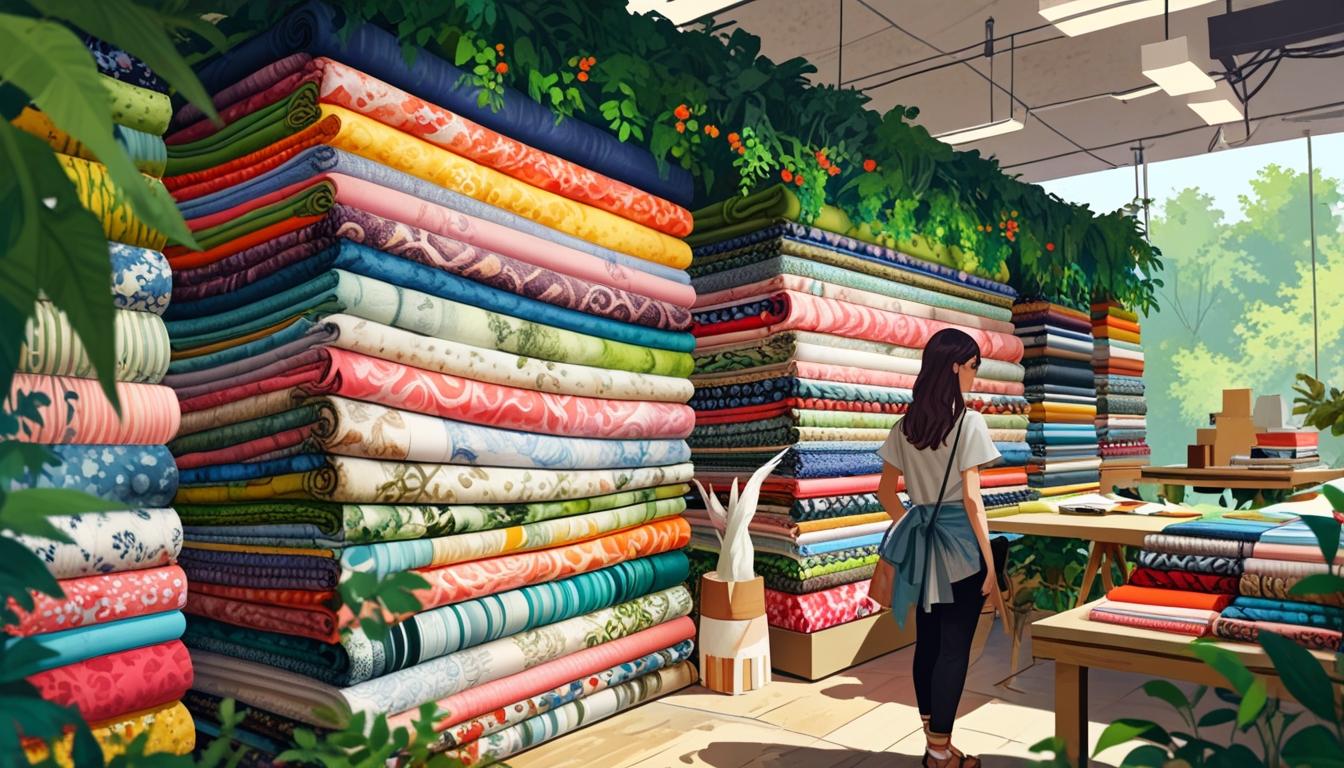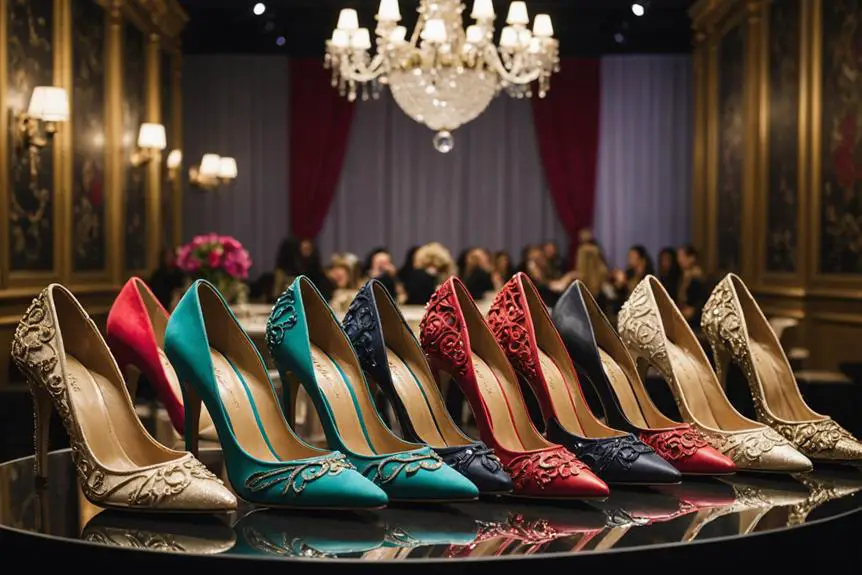A new blog post on Pine Crest Fabrics discusses the rise of deadstock fabrics as a sustainable option for designers, highlighting their benefits, sourcing strategies, and addressing common concerns.
In a recent post on the Pine Crest Fabrics Blog, the discussion centered around deadstock fabrics, highlighting their benefits and addressing designer concerns regarding their use. Deadstock fabrics are surplus textiles typically left unused due to reasons such as overproduction or order cancellations. These fabrics, which can be acquired at significantly reduced prices, have gained interest in the fashion industry as a sustainable option for conscious design.
The blog clarified that the term “deadstock” has gained prominence in recent years, particularly in relation to sustainability initiatives aimed at reducing textile waste. By utilizing deadstock, brands can prevent surplus materials from languishing in landfills, thereby promoting a more circular economy in fashion. This approach not only mitigates waste but also reduces the demand for newly manufactured textiles, consequently saving critical resources such as water and energy.
For those looking to purchase deadstock fabric, the blog suggests starting with fabric suppliers such as Pine Crest Fabrics, which boasts a vast collection of high-quality excess materials suitable for various applications, including activewear and costumes. Customers can find these fabrics at discounts of up to 50%. However, the blog notes that availability is often limited and that popular items can sell quickly, making it important to act fast.
Concerns regarding the quality of deadstock fabrics are common among designers; however, the blog outlines practical strategies to ensure quality. It recommends sourcing from reputable suppliers who have established credibility in the market and emphasizing the importance of fabric testing. At Pine Crest Fabrics, the process includes in-house evaluations to guarantee attributes like weight, stretch, and colorfastness, along with the option for customers to request fabric swatches.
Small brands specifically can find deadstock fabrics advantageous due to several factors. These fabrics are usually offered at discounted rates, making high-quality materials more accessible for budget-conscious designers. Additionally, the limited nature of deadstock fabrics allows for unique, one-off designs, which can differentiate small brands in a saturated market. Incorporating deadstock alongside regularly stocked materials can provide a balanced approach, offering both uniqueness and consistency in collections.
Despite some premium options on the market, deadstock fabrics generally remain more affordable compared to their newly manufactured counterparts. Designers are encouraged to embrace the fluid nature of deadstock availability by crafting capsule collections, which create a sense of exclusivity and encourage consumer interest. Moreover, using deadstock for accessories or other garment details can help maximize its use.
The Pine Crest Fabrics Blog underscores that deadstock fabrics represent a viable choice for apparel brands aiming for sustainability without sacrificing quality or design creativity. With the right sourcing practices and an adaptable design mindset, designers—especially those from small brands—can leverage these resources to produce distinctive collections that align with eco-conscious values.
Source: Noah Wire Services




